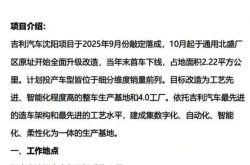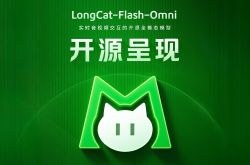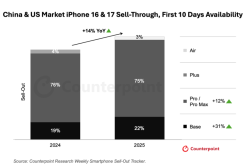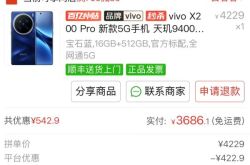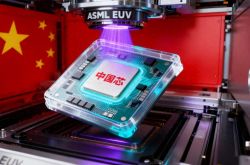Pixel 10 Launch: Has Google's Focus Shifted Beyond Smartphones?
![]() 08/28 2025
08/28 2025
![]() 518
518
Google's Fall 2025 event arrived as anticipated, captivating tech enthusiasts with the camera specifications of the Pixel 10 Pro, the Tensor G5 chip, and a suite of "AI-driven technologies." However, this event was far from a conventional smartphone launch.
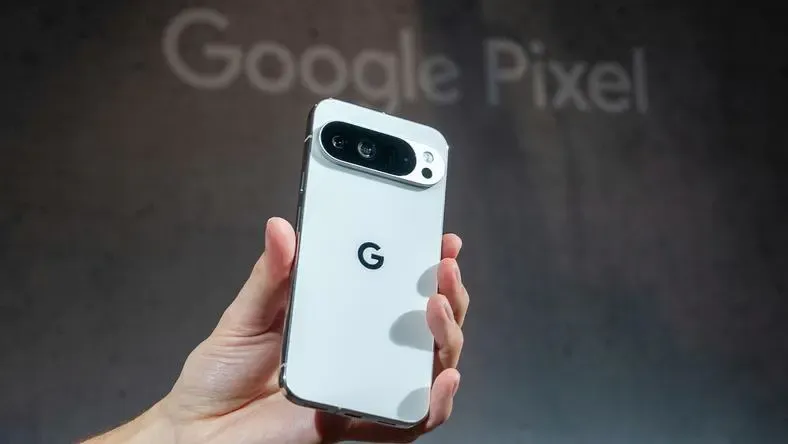
Google has never been a typical smartphone manufacturer. For industry insiders and investors, the true significance of this event lies not in Pixel 10's potential to disrupt iPhone sales, but in its revelation of Google's strategic roadmap for the next decade: Hardware serves as a conduit for Google's AI dominance, not an end in itself.
While public discourse revolves around whether the Pixel 10 is worth buying, a professional perspective seeks to understand Google's broader strategy behind its hardware investments and how this will reshape the competitive landscape involving Apple, Qualcomm, and even the entire AI industry.
Silicon Rabbit interviewed a former Google engineer post-event to delve into this topic. This article presents the core insights gleaned from our discussion.

Unconventional Logic Behind Routine Upgrades
Let's first recap the key highlights from the event:
Tensor G5 Chip: While performance improvements are as expected, its true value lies in providing a dedicated computing platform for the next-generation edge-side large model, Gemini Nano.
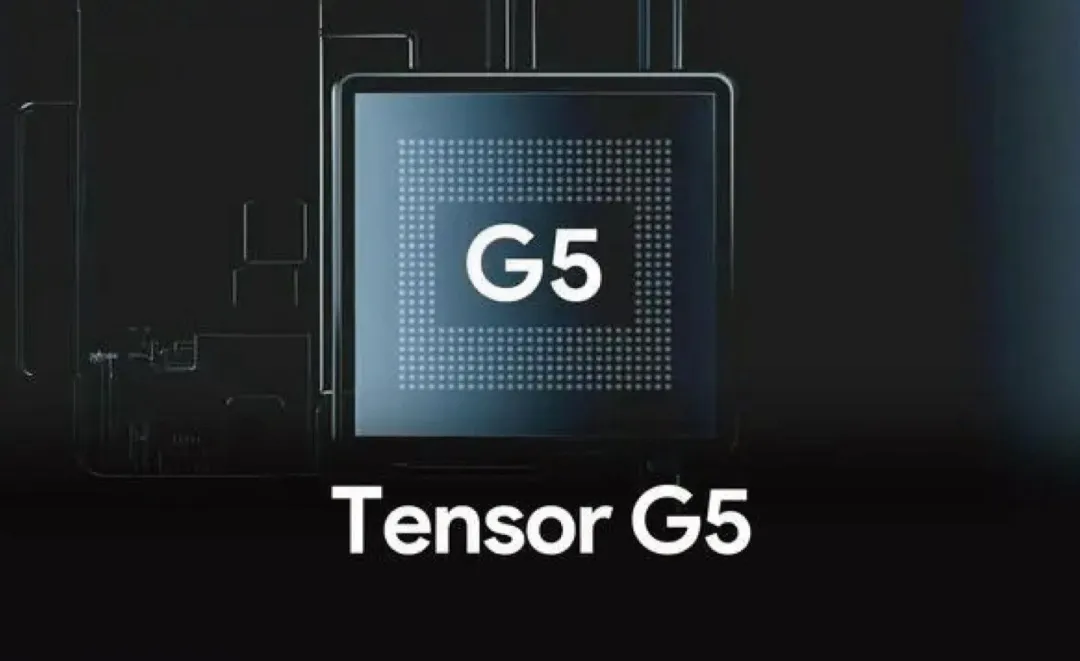
Camera System: The Pixel 10 standard version addresses the lack of a telephoto lens, while the Pro version achieves 100x digital zoom through AI algorithms. Computational photography remains a key area of focus.
Charging Ecosystem: Full support for the Qi2 standard and the launch of Pixelsnap, Google's magnetic attachment solution, directly challenges Apple's MagSafe, addressing ecosystem limitations.
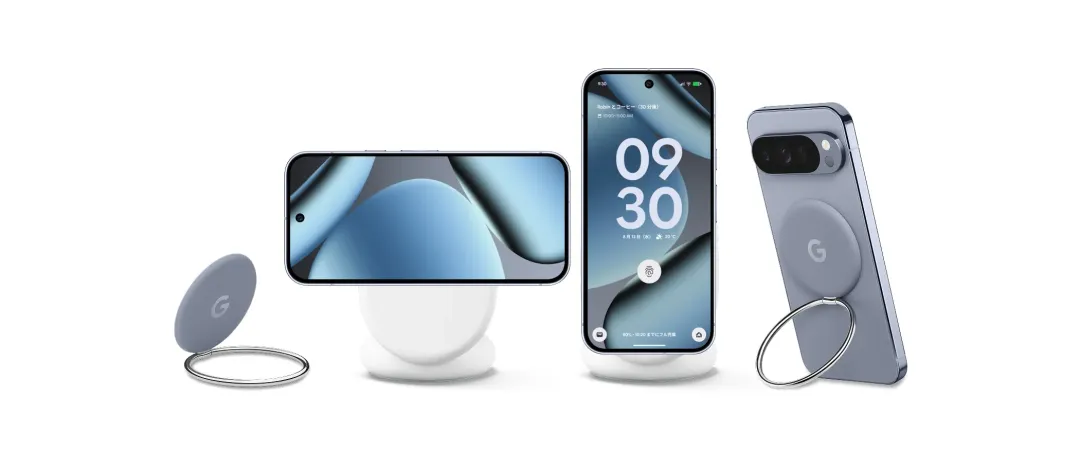
These upgrades are standard for flagship smartphones, serving as a ticket to market competition. However, if one believes Google's objective is to capitalize on hardware margins, they significantly misunderstand its strategic intent.
Google's hardware efforts are a long-term investment in AI. The Pixel exists not to become a sales leader, but to serve three crucial roles: an AI model training platform, a hardware benchmark for the Android ecosystem, and a pivotal entry point for Google services.

Decoding Google's Triple Intentions in Hardware Strategy
1. A Closed-Loop Experimentation Ground for AI Iteration
The real stars of the event were the edge-side AI-driven features:
For instance, the new Gemini Live can now use the phone's camera to real-time identify and frame key scene information. This interactive method, integrating visual cues, mimics the interactive HUD (Heads-Up Display) interfaces commonly seen in games.

Based on Gemini's shooting assistance, AI not only guides users in real-time on composition but also automatically extracts several representative poses before shooting for user selection. Users first choose a style, and AI gradually guides them to complete the composition.

Furthermore, Gemini is deeply integrated into Google Photos' post-processing workflow. Users can now use natural language commands to instruct Gemini to edit photos, akin to conversing with AI to generate images, such as removing glare, defogging, and enhancing saturation.

More intriguingly, Google has pioneered the AI vision outlined by Apple at WWDC last year. The "Magic Cue" feature introduced at this event functions similarly to the combination of App Intents and smart suggestions on iPhones, automatically popping up relevant information based on user history, schedules, and timelines.
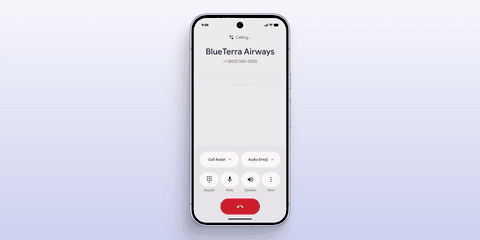
Additionally, Gemini's voice capabilities have seen a significant upgrade. During the event, Jimmy Fallon demonstrated Gemini's real-time translation during calls, not only translating meaning but also mimicking the speaker's voice and tone, reproducing a voice that "sounds more like you than you do" in another language.

These features go beyond mere "skill-showing." They reveal a critical reality: High-quality, scenario-based user interaction data has become a core asset for training the next generation of AI. Smartphones, with their multitude of sensors and complex scenarios, are the optimal terminals for collecting such data. By deploying these cutting-edge AI features through Pixel among global users, Google establishes a continuously evolving data flywheel: More usage leads to smarter models, and smarter models lead to more usage.
These mature AI capabilities validated on Pixel will swiftly feedback into Android Auto, Google Glass, Nest Hub, and other hardware across scenarios. Pixel serves as the "vanguard" of Google's AI strategy, tasked not with market domination but with collecting crucial "intelligence" for the large models behind it.
2. Defining Hardware Standards for the Android Ecosystem
The self-developed Tensor chip and the introduction of the Pixelsnap ecosystem are pivotal steps for Google to enhance its hardware influence.
The Tensor chip's goal is not to outperform Snapdragon in peak performance but to provide a deeply optimized computing solution for Google's AI models. It exemplifies to all Android manufacturers the hardware-software integration that future AI smartphones should embody—computing power must serve the user experience, not benchmarking scores.
The Pixelsnap magnetic ecosystem is even more strategically significant. While it might seem to mimic MagSafe, it marks the beginning of Google's efforts to fortify its hardware ecosystem. A unified magnetic interface standard paves the way for future expansion of peripheral accessories (like external lenses, power banks, etc.), significantly enhancing the ecosystem's stickiness and derivative value. Through Pixel, Google demonstrates to the Android camp how to escape homogeneous hardware competition and build differentiated barriers through AI and ecosystems.
3. Guarding the Strategic Entry Point for Data and Services
Amid a fragmented global internet and geopolitical factors intensifying the risk of technological decoupling, tech giants are contemplating how to safeguard their "digital sovereignty."
For Google, the continued growth of its core businesses (search, advertising, cloud, AI) heavily relies on seamless service access and the free flow of data. The increasingly closed Apple ecosystem poses a potential threat.
The existence of Pixel provides Google with a fully controllable hardware outlet. From chips and systems to hardware, Google maintains full-chain control, ensuring its core services reach users with the best experience, independent of any third-party hardware vendors.
This strategic defensive value far surpasses the profit from hardware itself. Pixel is Google's strategic insurance against an uncertain future.

Returning to the Original Question: Is Google's Ambition Still in Smartphones?
The answer is unequivocally no. Smartphones are merely the vehicle, while AI and ecosystems are the core.
Through Pixel, Google has demonstrated a new paradigm of technological competition: Hardware becomes an extension of software and AI capabilities, data flow is more valuable than hardware sales, and ecosystem control is more important than market share.

